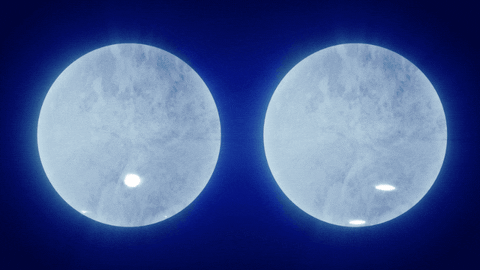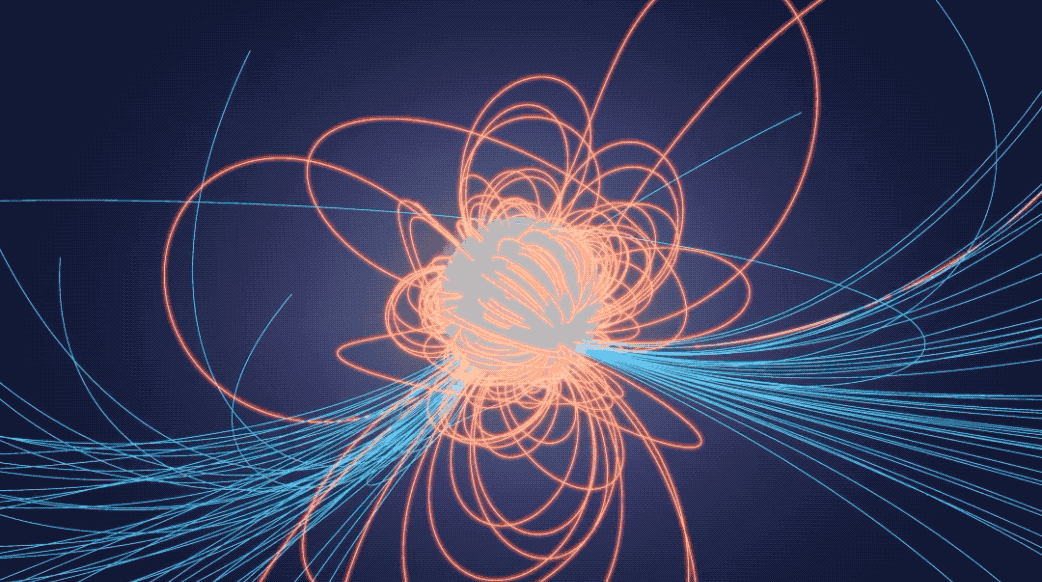Neutron star’s blazing surface mapped for 1st time, quadrupole magnetic field simulated using NASA’s NICER probe data (VIDEO)
For the first time ever, NASA has mapped out the surface of a neutron star – the remains of a violent stellar explosion – revealing scorching “hot spots” that can reach up to 1 million degrees and continue to puzzle scientists.
Using NASA’s Neutron star Interior Composition Explorer (NICER for short), an X-ray telescope on board the International Space Station, researchers obtained the first-ever surface chart of a special type of neutron star known as a pulsar, and took measurements in unprecedented detail.
“NICER’s unparalleled X-ray measurements allowed us to make the most precise and reliable calculations of a pulsar’s size to date, with an uncertainty of less than 10 percent,” said Cole Miller, an astronomy professor at the University of Maryland who led one of several academic teams that worked on the map unveiled in a press release on Thursday.
The whole NICER team has made an important contribution to fundamental physics that is impossible to probe in terrestrial laboratories.
Neutron stars form after the catastrophic collapse of a larger star, crushing their own mass and becoming extremely dense. When such a body is highly magnetized and begins to emit blasts of radiation from its poles, it is labeled a ‘pulsar’.

For over a year, the high-tech NASA probe fixed its gaze on a pulsar named J0030, which resides in a remote region of space 1,100 light-years away from the constellation Pisces, itself another 300 light-years removed from Earth. Before mapping J0030, scientists were under the impression it had only two “hot spots” – areas of extreme heat and radiation – located at its poles, but the researchers were surprised to find at least three, all clustered in its southern hemisphere.
“From its perch on the space station, NICER is revolutionizing our understanding of pulsars,” said Paul Hertz, NASA astrophysics division director at the agency’s Washington headquarters. “With NICER we can probe the nature of these dense remnants in ways that seemed impossible until now.”
Another NASA team created simulations of a hypothetical four-pole pulsar with similar irregular hotspots to J0030, which researchers say could help shed new light on the turbulent celestial bodies.

“When we first started working on J0030, our understanding of how to simulate pulsars was incomplete, and it still is,” said Thomas Riley, a doctoral student in computational astrophysics who led one of the research teams.
But thanks to NICER’s detailed data, open-source tools, high-performance computers and great teamwork, we now have a framework for developing more realistic models of these objects.
Think your friends would be interested? Share this story!














